For individuals who are bedridden due to illness, injury, or advanced age, maintaining personal hygiene can present significant challenges. Among these challenges, hair washing often becomes a daunting task that requires careful planning and execution. Bedside hair washing is not merely about cleanliness; it's a vital aspect of dignity, comfort, and overall well-being for those confined to their beds.
The process of washing hair for bedridden patients demands specialized techniques and equipment to ensure both effectiveness and safety. Traditional methods of hair washing are impractical and potentially hazardous when the person cannot be moved to a bathroom or shower area. Caregivers must adapt their approach to accommodate the patient's limited mobility while preventing water from entering the ears or causing discomfort.
Specialized equipment has been developed to make bedside hair washing more manageable. Inflatable or portable shampoo basins with neck supports have become essential tools in hospitals and home care settings. These basins are designed to cradle the head comfortably while containing water runoff, allowing for a thorough cleansing without requiring the patient to change position drastically. Some advanced models even include drainage systems that eliminate the need to lift the head during the process.
The psychological impact of clean hair for bedridden individuals cannot be overstated. For someone who has lost independence in many areas of daily living, the simple act of having clean, fresh-smelling hair can provide an enormous boost to self-esteem. It represents normalcy in an otherwise altered existence and can significantly improve mood and outlook. Many caregivers report noticeable improvements in patients' spirits following proper hair washing sessions.
Temperature control emerges as a critical factor in successful bedside hair washing. Water that is too hot or too cold can cause discomfort or even injury to patients who may have reduced sensitivity or impaired circulation. Caregivers must test water temperature carefully, ideally using a thermometer to maintain it between 105-110°F (40-43°C), which is warm enough to cleanse effectively without risking burns.
The choice of shampoo requires particular consideration for bedridden patients. Harsh formulas can irritate the scalp, especially when washing must be done less frequently than usual. Mild, pH-balanced shampoos are recommended, and in some cases, no-rinse or waterless shampoo alternatives may be appropriate between traditional washings. For patients receiving chemotherapy or with particularly sensitive skin, specialized medical shampoos may be necessary.
Positioning represents another crucial aspect of the process. The patient's head should be positioned near the edge of the bed, with proper support to prevent neck strain. Caregivers must ensure the patient's airway remains unobstructed throughout the procedure and watch for signs of discomfort or breathing difficulty. Pillows or rolled towels can be used to create optimal angles that facilitate washing while maintaining comfort.
Drying techniques require equal attention to detail. Vigorous towel drying can be uncomfortable and may tangle hair. Instead, gentle blotting with absorbent towels followed by careful combing is preferred. For patients who can tolerate it, a hair dryer on low heat setting can be used, keeping it at a safe distance to prevent burns. Complete drying is essential to prevent scalp irritation or the growth of microorganisms in damp conditions.
The frequency of hair washing must be tailored to individual circumstances. While some patients may benefit from weekly washing, others with particular medical conditions or excessive perspiration might require more frequent attention. Conversely, those with very dry scalps or fragile hair might need less frequent washing with appropriate conditioning treatments in between.
For long-term bedridden patients, creative solutions have been developed to make the hair washing experience more pleasant. Some care facilities have implemented mobile salon services that bring the spa experience to the bedside, complete with scalp massages and aromatic products. These services not only address hygiene needs but also provide valuable sensory stimulation and social interaction.
Training for caregivers in proper bedside hair washing techniques is essential. Many home health agencies and hospitals now include this skill in their training programs, emphasizing both the practical aspects and the psychological benefits. Proper technique can mean the difference between an uncomfortable ordeal and a refreshing, therapeutic experience for the patient.
Innovations continue to emerge in this specialized area of care. Recent developments include waterproof hair washing caps that use a no-rinse formula activated by massage, and portable shower systems that can be wheeled to the bedside. These advancements aim to make the process easier for caregivers while increasing comfort for patients.
The emotional component of bedside hair washing should not be underestimated. For many patients, this intimate care represents one of the few moments of physical contact and personal attention they receive. A skilled caregiver can transform a routine hygiene task into an opportunity for connection and compassion, speaking gently throughout the process and respecting the patient's dignity at all times.
Cultural considerations also play a role in how bedside hair washing is approached. Hair holds different significance across cultures, and care should be taken to respect these differences. Some patients may have specific preferences regarding products, frequency, or handling of their hair based on cultural or religious practices.
Documentation of hair washing in medical settings has gained importance as part of comprehensive patient care records. Noting the condition of the scalp, any skin abnormalities, or changes in hair texture can provide valuable information about the patient's overall health and nutritional status. These observations sometimes lead to early detection of potential health issues.
As populations age worldwide and more people require long-term bed care, the importance of developing effective, compassionate bedside hair washing techniques will only grow. What was once considered a basic hygiene task has evolved into a recognized component of holistic patient care, with physical, emotional, and psychological dimensions that profoundly impact quality of life for those confined to their beds.

By /Aug 15, 2025
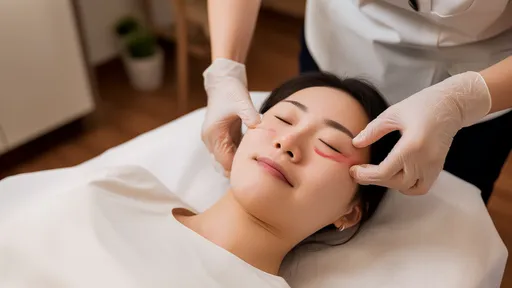
By /Aug 15, 2025

By /Aug 15, 2025
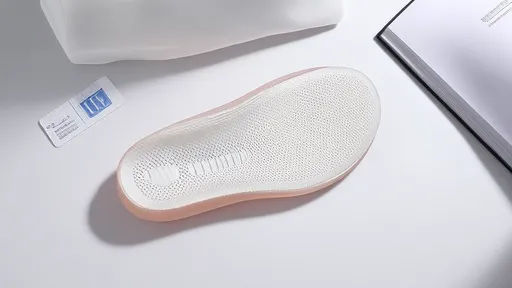
By /Aug 15, 2025
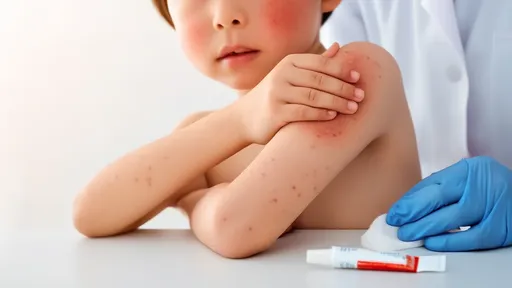
By /Aug 15, 2025

By /Aug 15, 2025

By /Aug 15, 2025
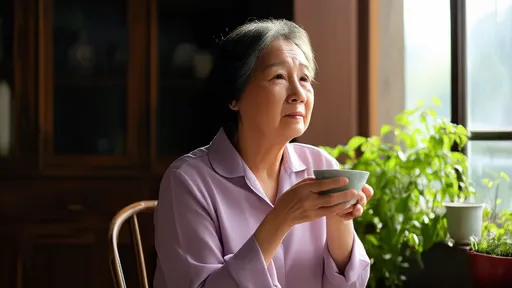
By /Aug 15, 2025

By /Aug 15, 2025

By /Aug 15, 2025
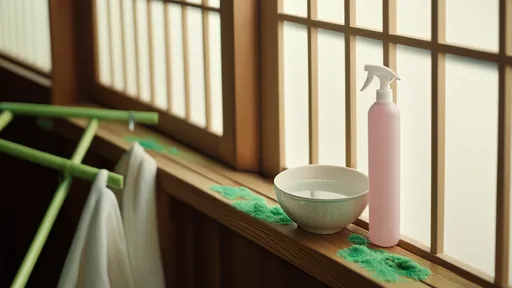
By /Aug 15, 2025

By /Aug 15, 2025

By /Aug 15, 2025

By /Aug 15, 2025

By /Aug 15, 2025

By /Aug 15, 2025

By /Aug 15, 2025

By /Aug 15, 2025

By /Aug 15, 2025

By /Aug 15, 2025